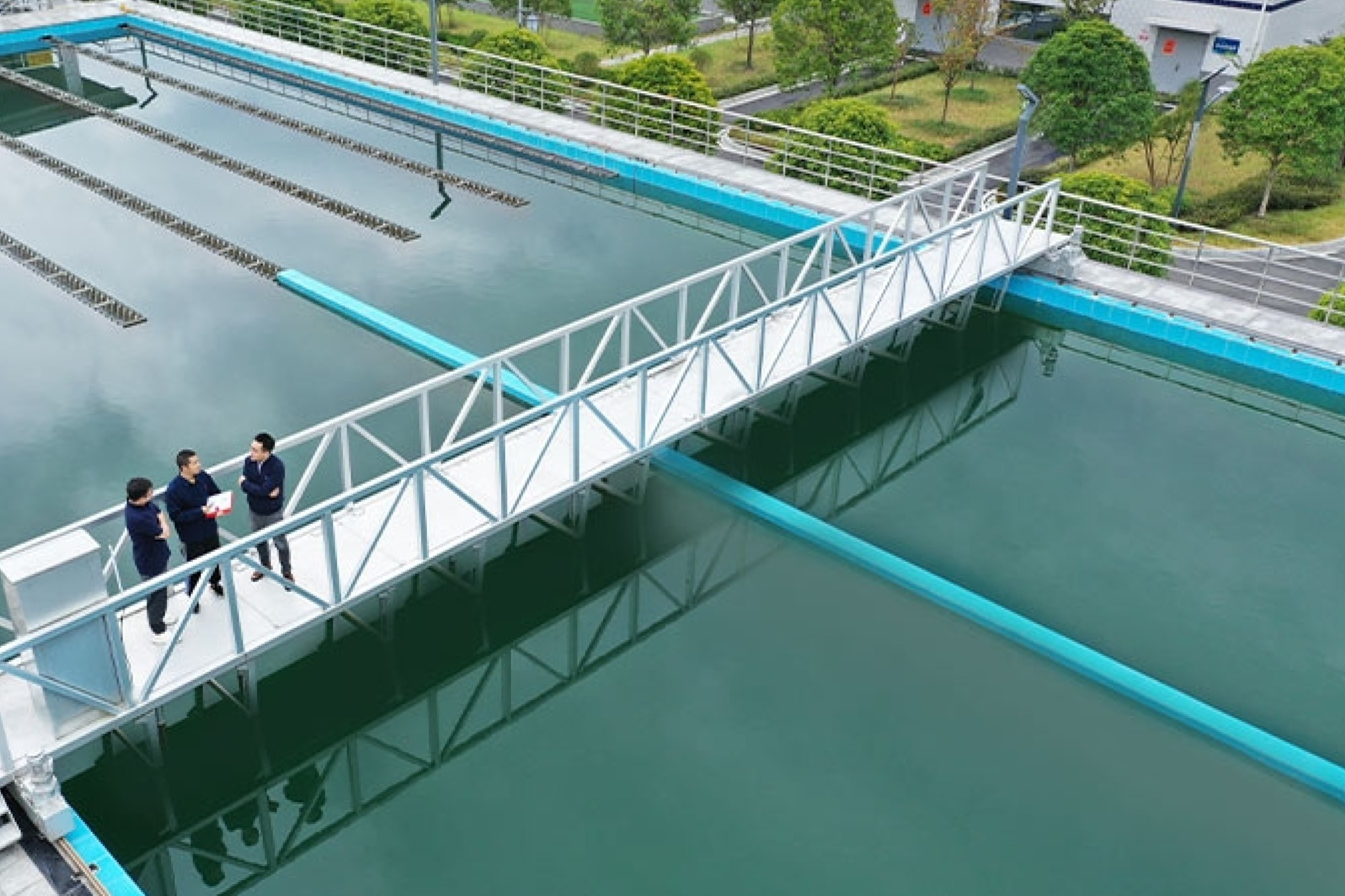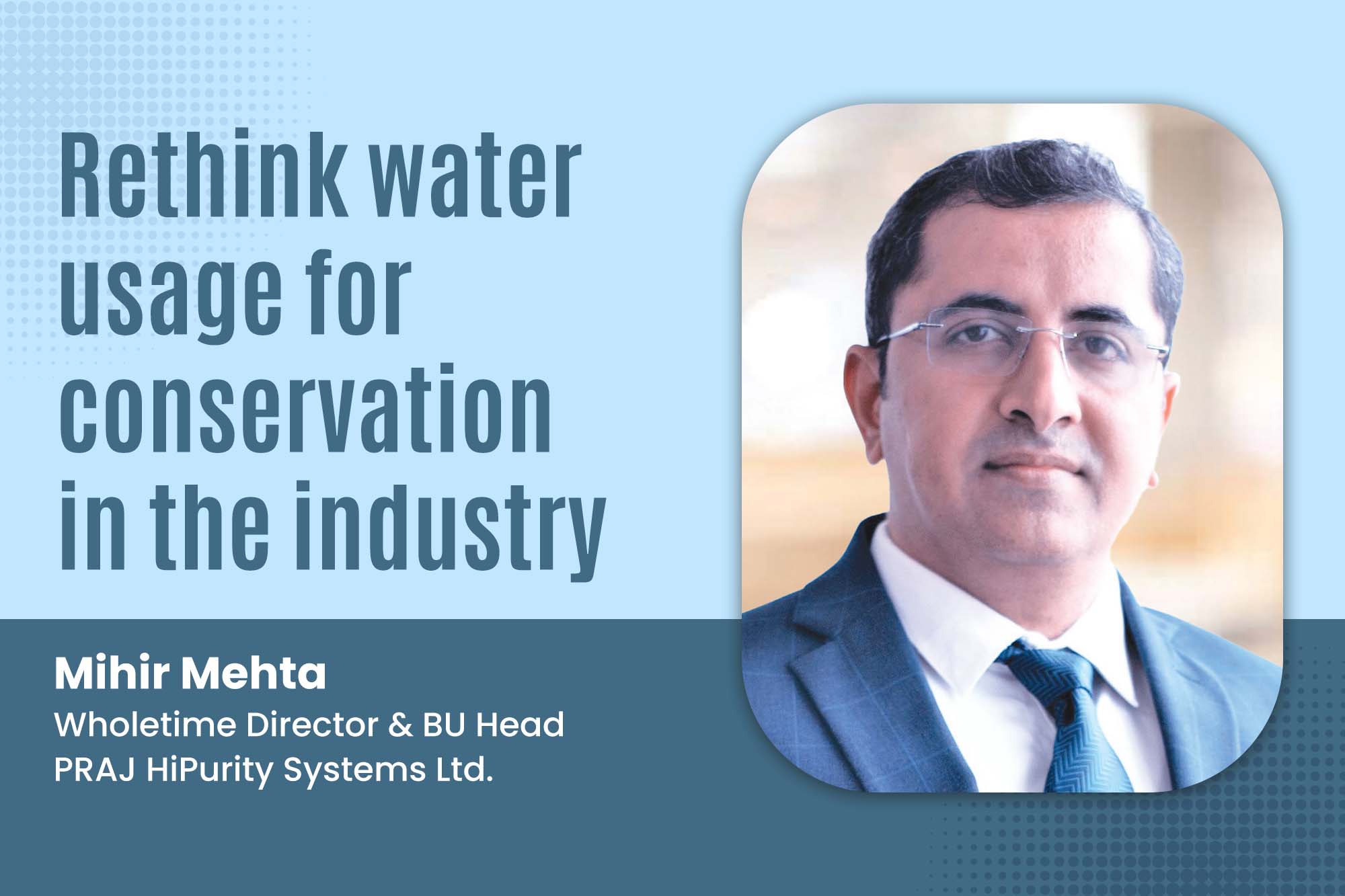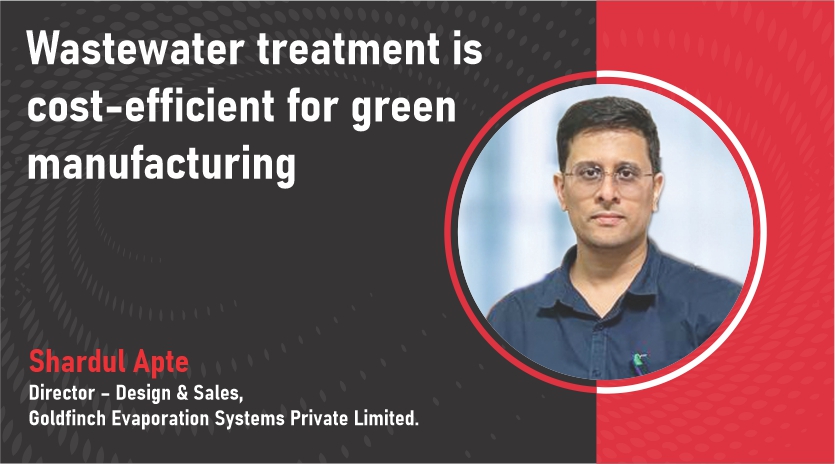Schneider Electric alters Delhi wastewater treatment with sustainable innovation
By OEM Update Editorial May 13, 2024 3:20 pm IST
Schneider Electric’s state-of-the-art EcoStruxure portfolio is used to drive efficiency, sustainability, and operational reliability. The plant is fully automated, with complete control driven by Schneider Electric’s IoT-enabled EcoStruxure platform.
Schneider Electric, a leader in digital energy management and next-generation automation, is supporting the Namami Gange programme by automating India’s largest single-stage wastewater treatment plant in Delhi. In accordance with the Delhi Jal Board Yamuna Action Plan, SUEZ is building this facility, with Schneider Electric serving as the major energy management and NextGen automation solution provider.
With a capacity to sustainably treat 564 million liters per day of sewage, this cutting-edge plant is poised to meet the needs of the roughly 30 million people residing in the national capital. The plant is being set up to enhance water quality and reduce pollution in the river. It is developed to achieve self-sufficiency and sustainability by producing around 50 percent of its energy needs through biogas.
Deepak Sharma, Zone President- Greater India and MD & CEO, Schneider Electric India said, “Recognizing the critical importance of sustainable water management in India amidst rising water demands, Schneider Electric remains dedicated towards delivering innovative digital solutions for water and wastewater management. Our partnership with SUEZ and Delhi Jal Board to automate India’s largest Single Stage Wastewater Treatment Plant underscores our commitment to nation-building and sustainable water management. We are proud to play a key role in this transformative project, leveraging our automation solutions to enhance plant efficiency and reliability, while ensuring self-sustainability in its energy requirements.”
Emphasizing the need to embrace automation for sustainably treating wastewater,Arvind Kakru, Vice President- Industrial Automation, Greater India Zone, Schneider Electricsaid, “We at Schneider Electric are focused on propelling sustainability in India through accelerated use of digital technologies and sustainable solutions. It is a privilege for us to be a part of the Namami Gange project by automating the country’s largest wastewater treatment plant. Our state-of-the-art EcoStruxure portfolio stands as the foremost universal automation and digitalization solution, driving efficiency, sustainability, and operational reliability.”
The plant has been engineered to meet the most rigorous water discharge quality standards, harnessing Schneider Electric’s advanced universal automation technology. Operating as a fully automated facility, it boasts complete control driven by Schneider Electric’s IoT-enabled EcoStruxure platform, offering a secure, dependable, efficient, and sustainable approach to wastewater treatment. This encompasses the deployment of EcoStruxure Process Expert Automation platform, Altivar Process Drives, Altivar Soft Starters, Micom relays, Transformers, and MV & LV solutions.Schneider Electric collaborated with SUEZ to deliver a range of advanced digital solutions that ensure seamless integration of electrical and automation solutions within the plant, thereby improving operational efficiency, reliability, and uptime while also providing long-term service support. SUEZ leads the project with cutting-edge technologies that are tailored to local conditions, satisfy health standards, and conserve water resources and biodiversity. Aside from water treatment, SUEZ’s plants allow for the reuse of wastewater when appropriate, in accordance with environmental and public health norms.
This initiative is critical to addressing the region’s urgent need for clean water. Furthermore, the Water and Wastewater business contributes significantly to global warming by requiring large amounts of energy for water treatment and delivery while emitting direct greenhouse gas (GHG).
Schneider Electric’s solutions are designed to empower our customers by enhancing energy efficiency, facilitating the transition to sustainable energy, and ultimately decarbonizing the infrastructure. This approach underscores Schneider Electric’s commitment to driving sustainable practices and environmental responsibility, ensuring a positive impact on communities and the planet as a whole. We aim to work towards achieving net-zero carbon emissions.
Cookie Consent
We use cookies to personalize your experience. By continuing to visit this website you agree to our Terms & Conditions, Privacy Policy and Cookie Policy.











